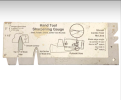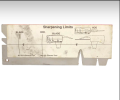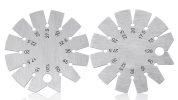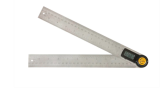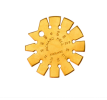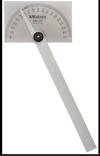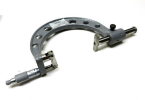transmaster
Gold Member
- Joined
- Sep 11, 2023
- Messages
- 186
Ran across this Forest Service sharpening gauge. It is still made but I cannot find any place that sells it directly. I found a site that has a 3D program to print it. https://www.thingiverse.com/thing:4906443
